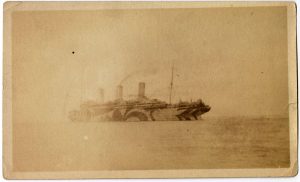Two eBooks available: Story of the Sawdust / Motion Picture Comrades

The Distributed Proofreaders project has been very busy, releasing two new Project Gutenberg eBooks this week built using images from our Digital Library.
The first release is The Story of the Sawdust, another tiny chapbook from the Multum in Parvo Library. This volume is devoted primarily to the tragic story of the life and death of a circus performer, but it also contains a series of (somewhat incongruous) jokes and advertisements at the end.
The second release is The Motion Picture Comrades Aboard a Submarine; or, Searching for Treasure Under the Sea, by Elmer Tracey Barnes. This is a volume from one of several silent-film-era juvenile series about young filmmakers. In this particular adventure, the titular Comrades take their camera equipment onto a submarine that is searching for sunken treasure during the dangerous years of the first World War. The book is perhaps most noteworthy for its unusual pacing — most of the action is delivered in the early part of the story, and several remaining plot threads feature more build-up than actual incident. It’s hard to imagine a young audience being pleased by this, though it may be a more realistic representation of the realities of treasure hunting!
Both of these books can be read online or downloaded in popular eBook formats free of cost through Project Gutenberg.
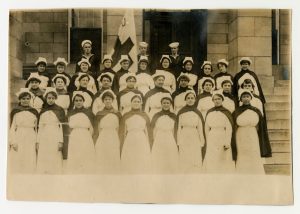
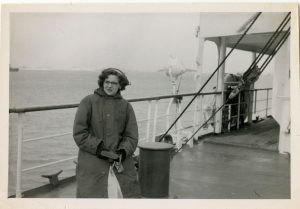
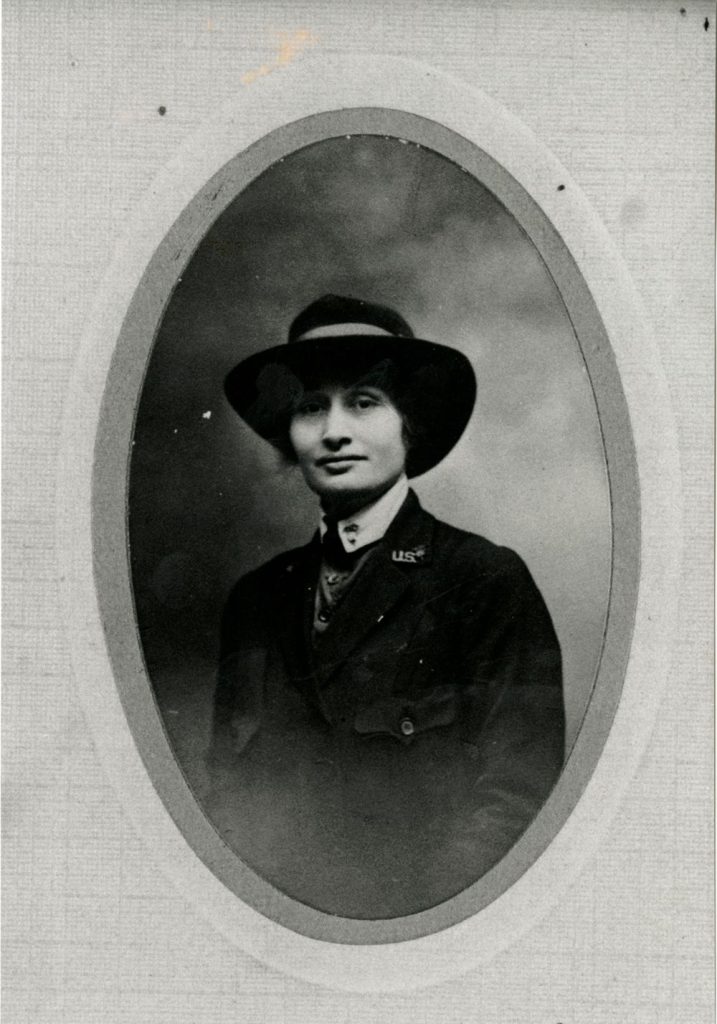
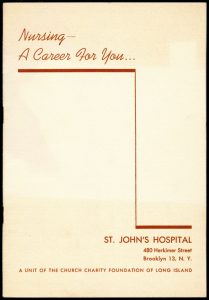


 Another book from our
Another book from our  Our latest
Our latest 
 Like many of our recent
Like many of our recent 


